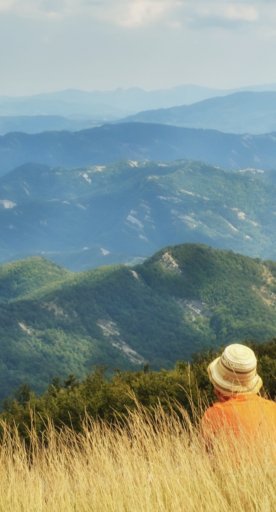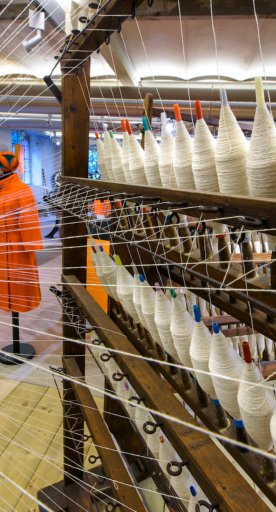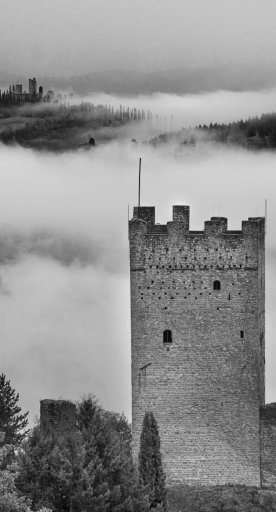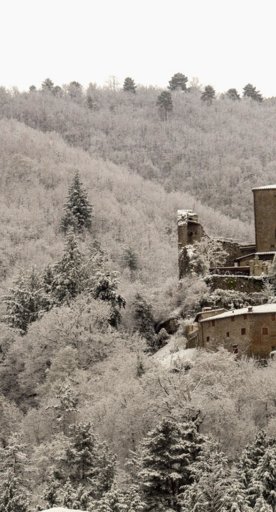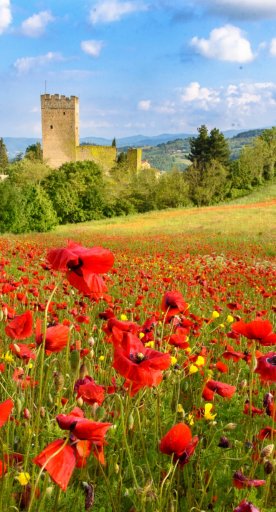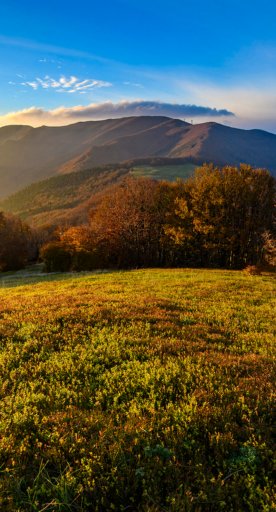Castel San Niccolò is a scattered municipality whose main center is the village of Strada in Casentino, overlooked by that Castle of the Counts Guidi from which the name of the municipality itself derives. The castle, one of the most evocative in this part of Tuscany, was home to the Guidi Counts until 1349, when the inhabitants rose up against the power of Count Galeotto, son of Guglielmo Novello, submitting to the Florentine Republic.
From the fifteenth century it began to be part of the territories administered directly by Florence. Beginning in the eighteenth century the peoples (and various hamlets) of Vado, Garliano, San Pancrazio and Cetica Sant'Angelo joined forming what was to become the municipality of Castel San Niccolò. In 1776, following Grand Duke Leopold's Special Regulations, Borgo alla Collina was added to the four communities. Always linked to Florence and Fiesole, Castel San Niccolò was united with Arezzo in 1859. The municipality then adopted its present structure in 1868, when the ancient villages were joined by those of Caiano, Ristonchi, Battifolle and Vertelli.



